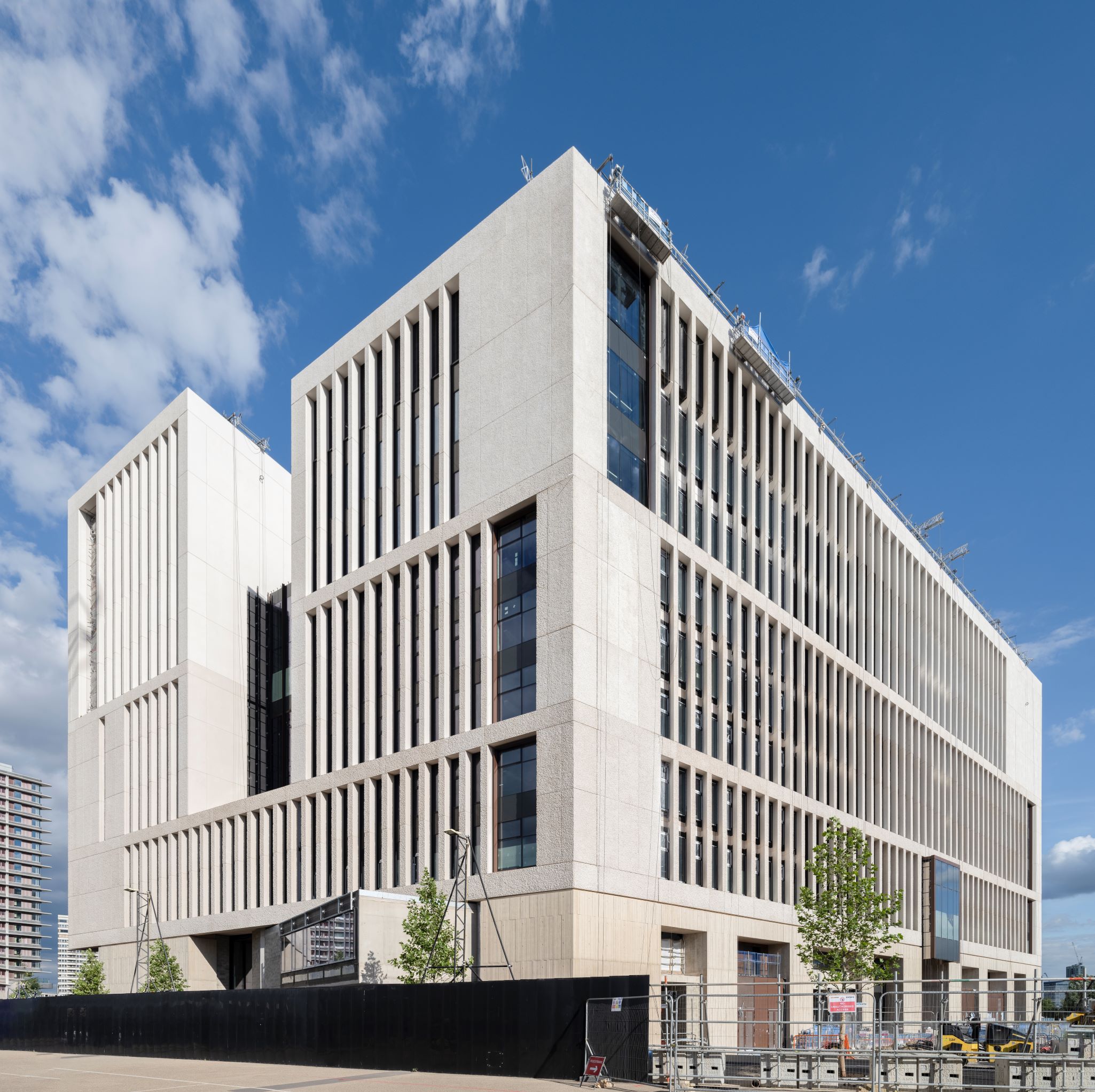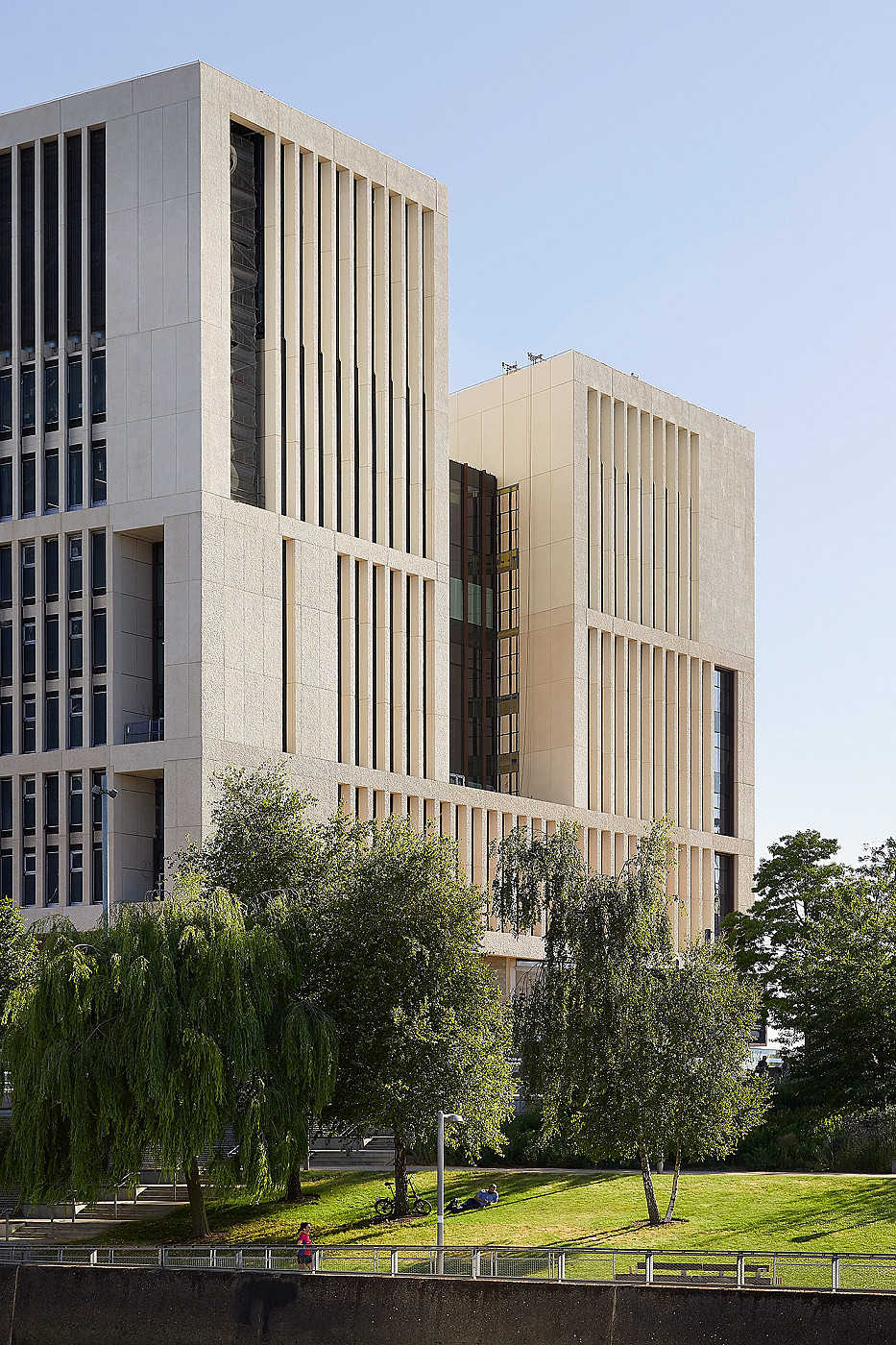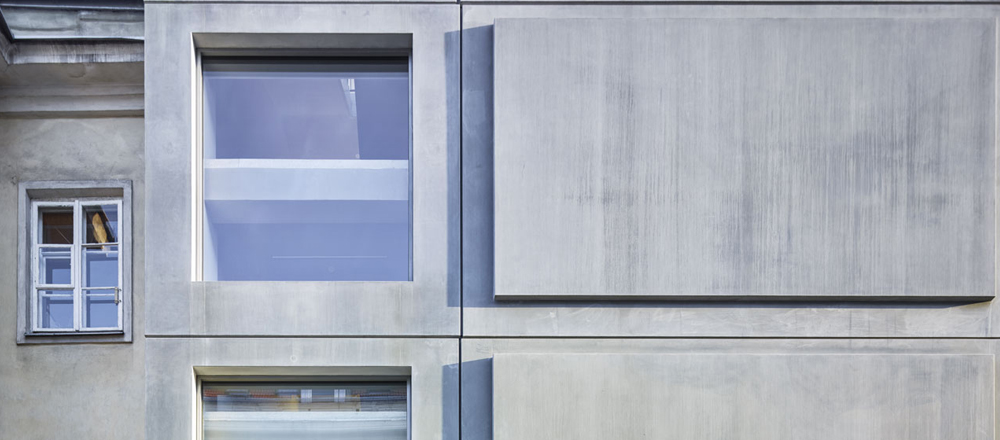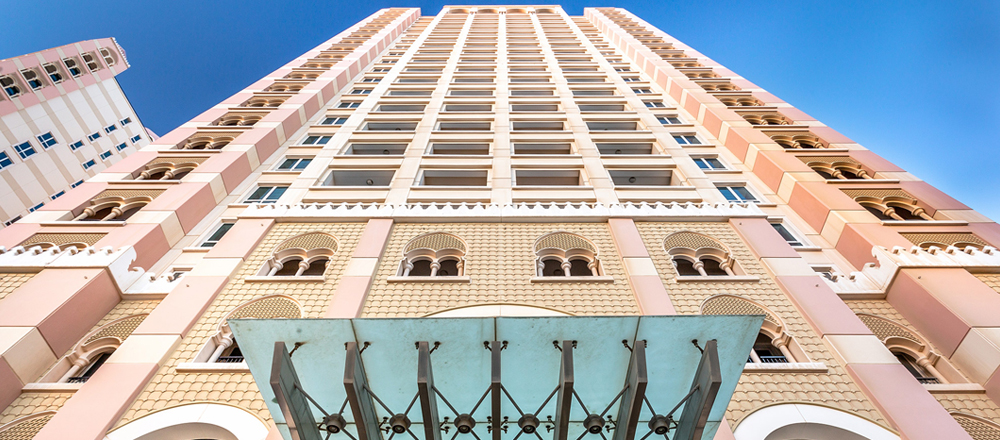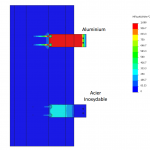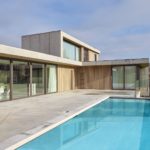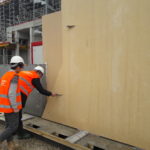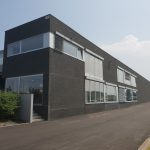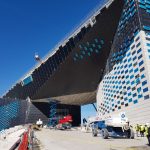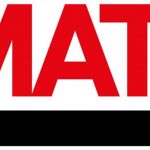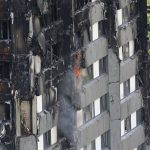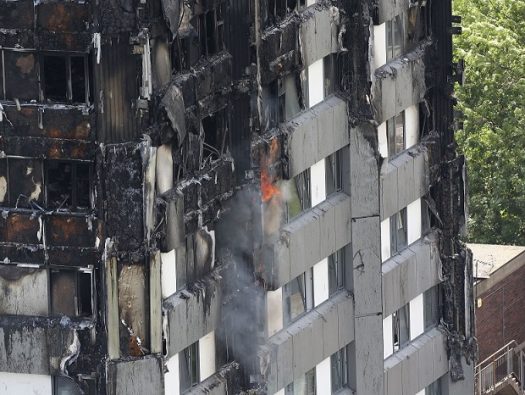
Grenfell Tower in west London is seen on Thursday, after a fire engulfed the 24-story building in the early hours of Wednesday.
The Grenfell Tower tragic fire does not condemn the use of ventilated external cladding for the construction /refurbishment of energy efficient facades. The disaster shows that choosing the wrong material can be a fatal mistake.
Fixinox intends to express its technical viewpoint upon selecting the pertinent materials. We wish to reassure our customers, our prescribers, landlords and the residents of the buildings which could be in anxiety since the disaster of Wednesday June 14.
We are involved in technologies that make buildings fire-safe and resilient.
- Mineral cladding
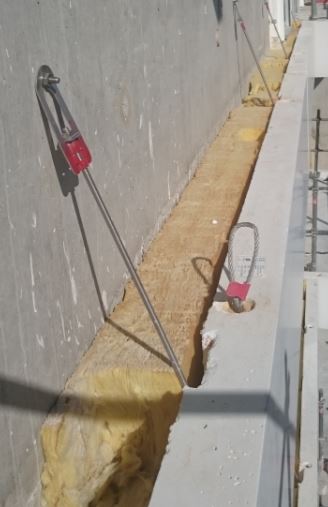
We are involved in facade cladding where natural stones, bricks or concrete panels are the external skin of the façade. History (the pyramids, the cathedrals and other old city centers) show how resilient are 2 first materials. Thus, concrete remains as the only last relic material after the London tower blaze. Also, before the retrofit made in 2016, concrete has been simultaneously the structure and the facade skin and no domestic fire incident has ever led to such a tragedy.
- Insulation
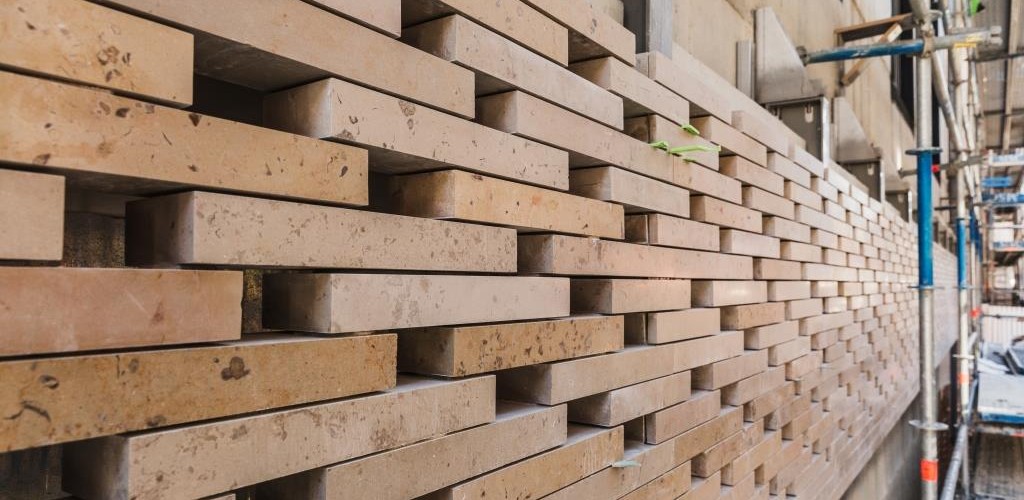
Against logic, combustible materials have been installed on facades for years by means of installation compromises such as splitting insulation with fire barriers, or adding some fire delaying additive in the insulation layer. In addition to the burning risk, these products issued from the petrochemical industry release toxic fumes at high temperature and thus increase the danger for the residents.
Fixinox is more usually involved in facade cladding with rock and fiberglass wool as insulation materials. They not only minimize the risk of fire, they are further inherently non-combustible.
- Fixings and structure
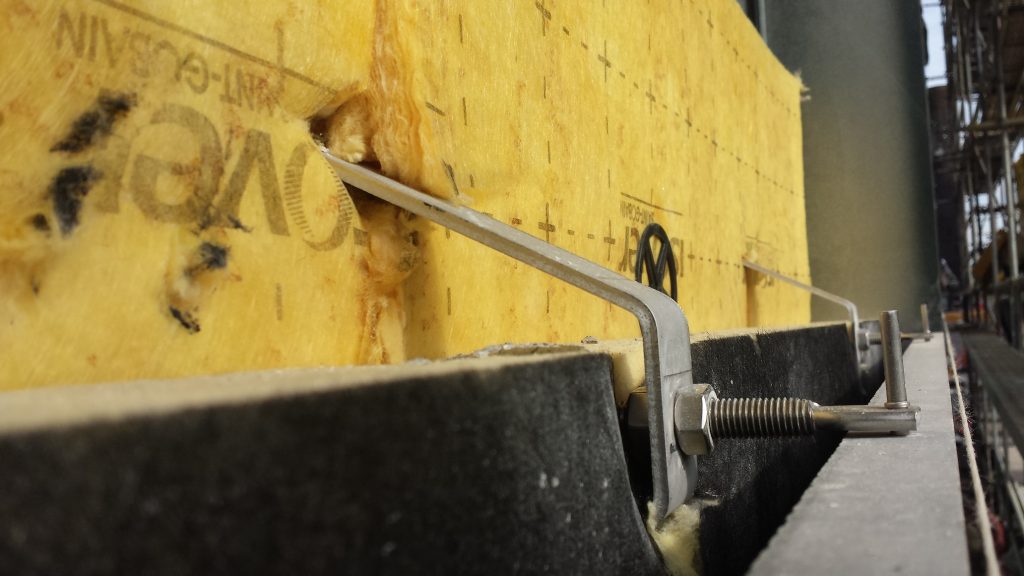
An aluminum composite has been chosen, this metal considering fire safety is the also the wrong choice for use in facade as skin, structure and fixings in aluminum have low fire resistance because of the low melting temperature of this alloy, we have been choosing the most fire resistant industrial alloy for anchoring: stainless steel.
- Stainless steel is non-combustible unlike wood
- Stainless steel is 15 times less heat conductive than aluminum
- It has the best fire resistance of all metallic materials when used in structural applications due to its high creep temperatures (over 800°)
- Eventually, they are with no comparison with the composite materials used as load bearing anchoring, they start to melt at 250°C and lose performance
We recommend the following articles for further information
http://www.bbc.com/news/uk-england-london-40269625
https://en.wikipedia.org/wiki/Grenfell_Tower_fire#Cladding
